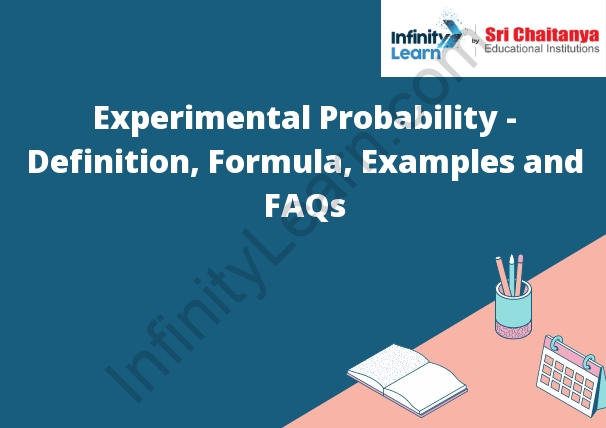Table of Contents
Definition
The experimental probability of an event is the proportion of times the event occurs in a given number of trials.
The empirical probability, relative frequency, or experimental probability of an event is the ratio of the number of outcomes in which a specified event occurs to the total number of trials, not in a theoretical sample space but in an actual experiment. More generally, empirical probability estimates probabilities from experience and observation.

When an experiment is conducted, one (and only one) outcome results— although this outcome may be included in any number of events, all of which would be said to have occurred on that trial. After conducting many trials of the same experiment and pooling the results, an experimenter can begin to assess the empirical probabilities of the various outcomes and events that can occur in the experiment and apply the methods of statistical analysis.
Theoretical and Experimental Probability
Theoretical probability is the likelihood of an event occurring, calculated using theoretical mathematics. Experimental probability is the likelihood of an event occurring, as determined by observation.
What is an Experimental Probability?
Experimental probability is the probability of an event occurring as determined by data from a series of repeated experiments. The probability is determined by counting the number of times the event occurs divided by the total number of trials.
An experimental probability is a probability that is calculated from a set of experiments. This type of probability is used to calculate the chances of something happening, based on the results of past experiments.
Formula
The experimental probability of an event is the ratio of the number of times the event occurs to the total number of trials.
The probability of flipping a coin and getting heads is 1/2.
The probability of flipping a coin and getting tails is 1/2.
Questions
1. In a jar there are five red balls and three green balls. If you draw a ball at random from the jar, what is the probability that you will draw a red ball?
The probability of drawing a red ball is 5/8.
Infinity Learn App
Now you can find answer to all your subject queries & prepare for your Exams on our Test Preparation App – Infinity Learn.







